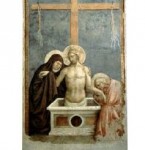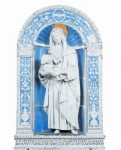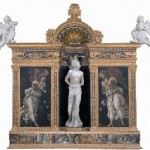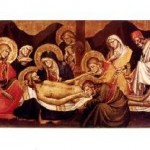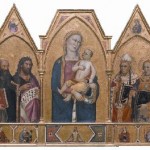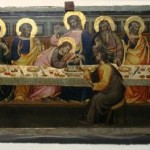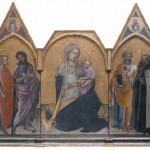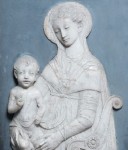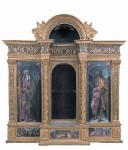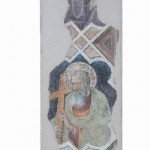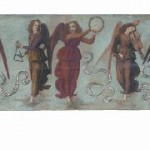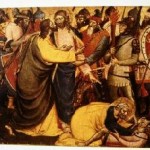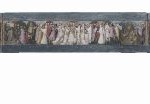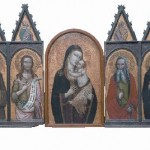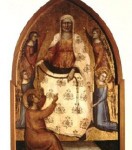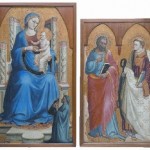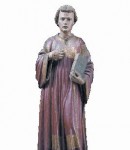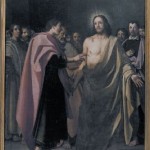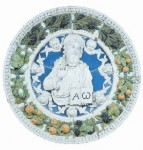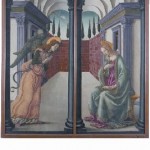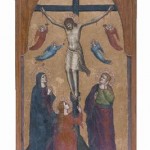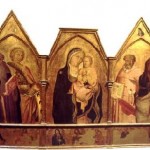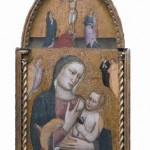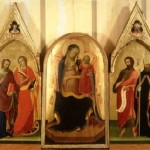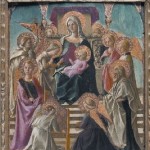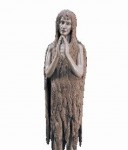Knowing that the Empoli Picture Gallery was founded just after the middle of the 1800’s is not a fact without importance, it means that the Museum of the Collegiate Church of Sant’Andrea is one of the most ancient of the ecclesiastical ones and perhaps for this reason is one of the richest of the minor Italian museums.
“A true gallery of primitives” (old masters), such as “to arouse the envy of much larger cities”: as written by one of the most important art historians of about a century ago, it concentrates in a few rooms notable examples of the Tuscan school of painting, and especially, the Florentine one, for a period running from the 1300’s to the earliest years of the 1600’s.
It begins with a series of gold backgrounds from the 15th century; triptychs or sections of polyptypchs coming from the adjacent Collegiate Church, or from other places of worship in Empoli, painted by some of the most important artists of the period: Agnolo Gaddi, Niccolò di Pietro Gerini, Cenni di Francesco and Lorenzo di Bicci. The room dedicated to the early 1400’s follows with two works by Lorenzo Monaco and a lovely small panel by Filippo Lippi, which was privately donated.


